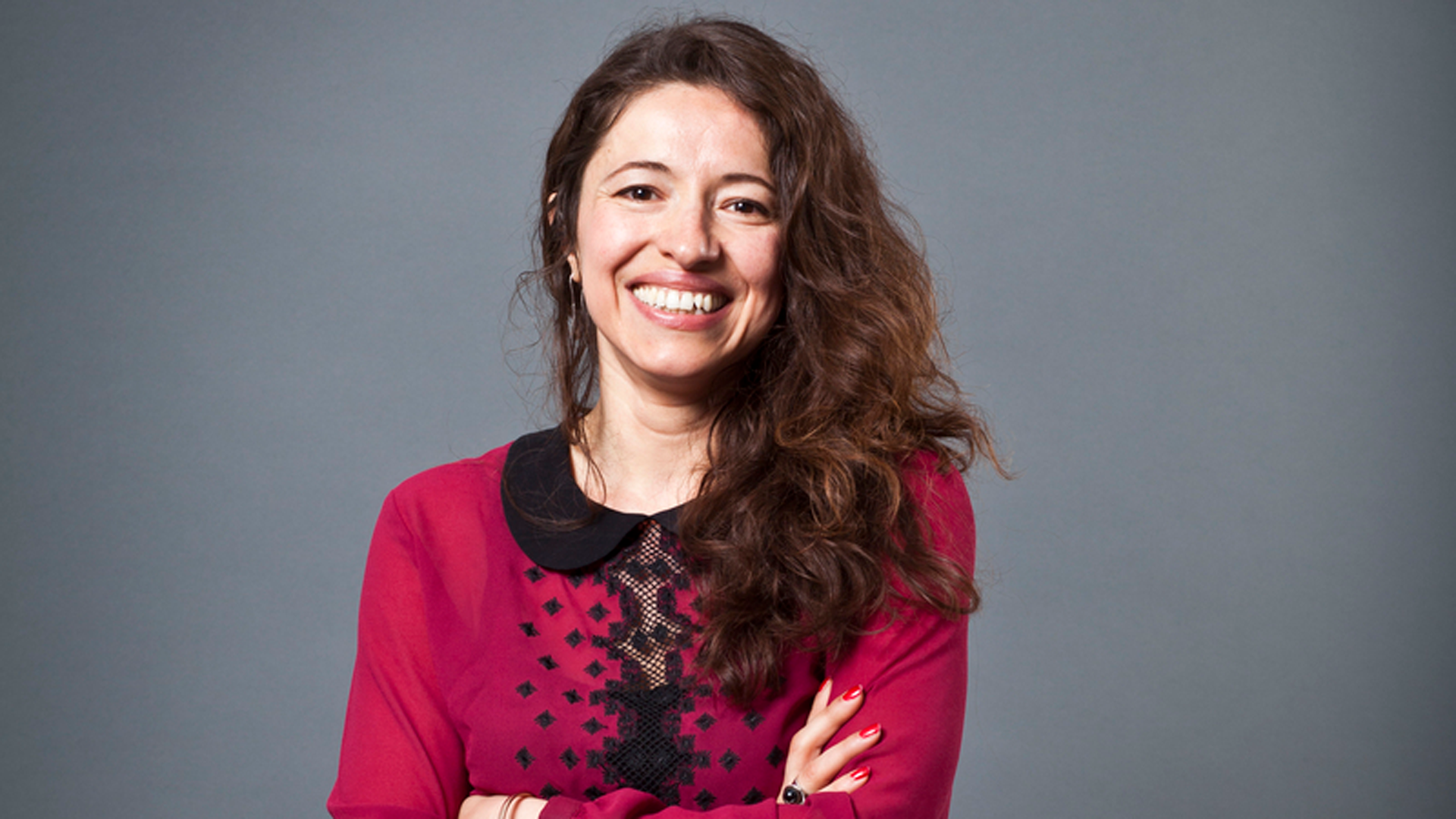Posted on 22 February 2021
In a recently published article, EUI Professor of Sociology Klarita Gërxhani and co-authors find that in economics, women receive less credit for co-authored research than do their male counterparts.
In January 2021 Klarita Gërxhani (SPS) and three other scholars published a study in the top-tier Journal of Political Economy (JPE) that shows women are habitually given less credit than men for their work in a team, that is, in situations where it’s not known who contributed what. Intuitively, this finding is important given to the prevalence of group work in the knowledge economy, and the persistent wage and promotion gap between men and women.

Klarita Gërxhani is Professor of Sociology in the Department of Political and Social Sciences
The article’s first part investigates teamwork in an academic context—co-authored articles—analysing publication records data from 30 years of tenure evaluations in 23 top US economics departments. The authors established that, at least for economists, “co-authorship punishes women but not men.”
The rest of the article broadens the investigation using field experiments. Gërxhani knew that “observations from a more controlled environment, where individuals’ contributions are precisely known to the researcher, would yield more solid conclusions”.
One of the experiments recruited participants in different locations to complete a cognitive task that involved searching for numbers and adding them up. Participants were rewarded based on the number of correct summations they provided. Next, the authors used the SAP-owned Qualtrics platform to approach Human Resources workers in different countries, providing each with resumés of four participants who had completed the task, including their gender, age and nationality. The HR workers had to select one of these four ‘candidates’. Some of the HR workers were told candidates’ individual scores; unsurprisingly, they always chose the person with the highest score, independent of gender. Other HR workers were only told the joint score of ‘teams’ of candidates and not individuals’ scores. Here, men were chosen more often than women.
“Of course, task and evaluation experiments do not mirror work situations in all aspects,” notes Gërxhani, “but the basic decisions in an experiment can be designed to create a sufficiently parallel situation.” At the same time, experiments allow us to control for many situational factors, such as departmental differences, and thus isolate causal relationships. In the above case, “we found that biased beliefs about individual contributions cause the selection, and not gender differences in effort. Only after you know what is causing what can you begin to formulate appropriate policies.”